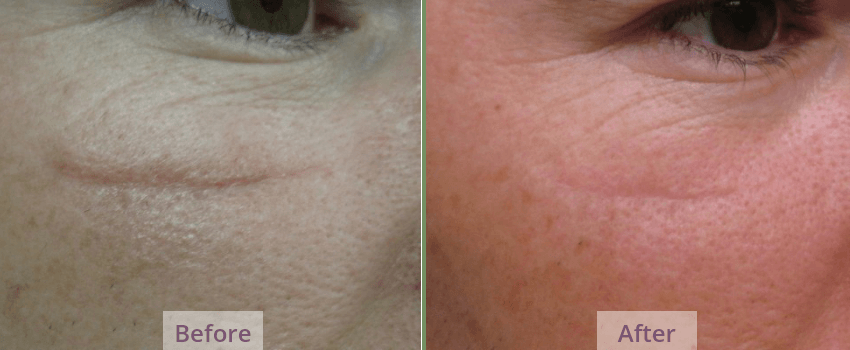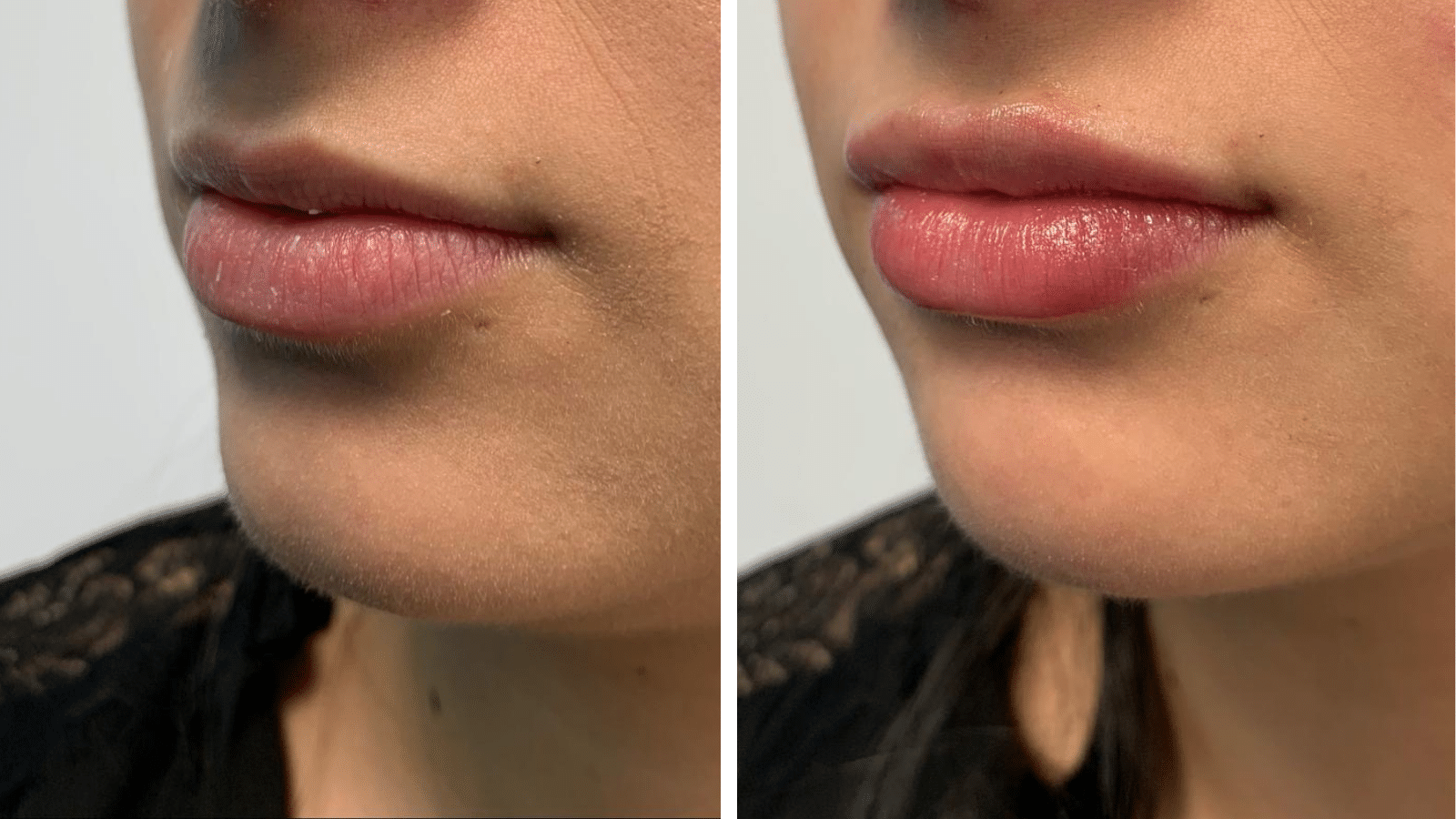
If you are considering having a genioplasty, there are some important things you need to know. It can be dangerous and you need to understand your options before you go ahead with the procedure. You will find the following information about Osseous or sliding genioplasty as well as non-surgical gynecologic surgeries. Also, you should know what to expect from your procedure.
Osseous genioplasty
Osseous genioplasty is a popular cosmetic surgery for women seeking a more youthful appearance. The procedure is performed inside the mouth, with no visible scars. It generally takes an hour to complete, and can be performed alone or as part of a facial surgery. The procedure can be done alone or combined with other types. You can read more about osseous generation.
The osseous surgery is usually performed as part of a larger procedure like a push-back, side-to side movement or push-back. Most patients were satisfied with the results of the procedure. Patients must be free from active infections that could compromise the integrity and function of their jaws before they undergo surgery. Patients should also disclose any past orthodontic or orthognathic surgery, as well as any medications or smoking habits.

Sliding genioplasty
First, your medical history will be reviewed and questions asked about your expectations for the results of sliding genioplasty. X-rays or CT images of your jaw may also be taken to determine your surgical options. Sliding genioplasty is often a safe and quick procedure. There are possible complications. These include infection, bleeding and an adverse reaction to anesthesia. To minimize your risk of these complications, you should follow the pre-operative instructions carefully.
Your surgeon will perform a detailed cephalometric scan of your head and measure your chin before you undergo this procedure. Cephalometric measurements help determine if you have overprojection, underprojection, or transverse asymmetries. A standard set of facial photographs will be taken by your surgeon to determine if you have an asymmetry in the transverse dimensions. If you have any one of these conditions, a sliding-genioplasty could be the right option.
Nonsurgical genioplasty
You can choose nonsurgical genioplasty if you wish to reduce the size and shape of your chin, but don't want to have to go under general anesthesia. This is cosmetic surgery that involves moving a portion of the jaw forward and removing a part of it. This is a complex procedure that requires screws and plates to hold the jaw in place. Nonsurgical genioplasty, on the other hand, is much easier to correct because the surgeon manipulates your own bone.
Nonsurgical genioplasty comes in two forms. A sliding technique is where the doctor makes incisions under the chin and lower lip. Another technique involves the use of wires to move the chin bone. This is performed for patients who have retrogenia or a receding neck. The type of procedure used and the corrections made can affect the recovery times.

There are risks associated with genioplasty
Despite the advantages, genioplasty can be a risky surgery. The risks include numbness in the chin and lower lip. This may last several weeks or months, and can even become permanent. The brain can adjust to the sensation of numbness. Patients should always follow the surgeon's directions and seek medical attention if bleeding or pain persists.
There are many potential complications in genioplasty. But the most serious is temporary neural disturbance of the inferior veolar nerve. These complications can often be avoided by preoperative counseling. Some procedures, such as sliding genioplasty, reposition the chin bone by sliding it forward. This procedure is not recommended if you have any medical conditions, or are planning on having a genioplasty.